- Savage Blog
- Whitetail Management: Best Practices For Success
Whitetail Management: Best Practices For Success
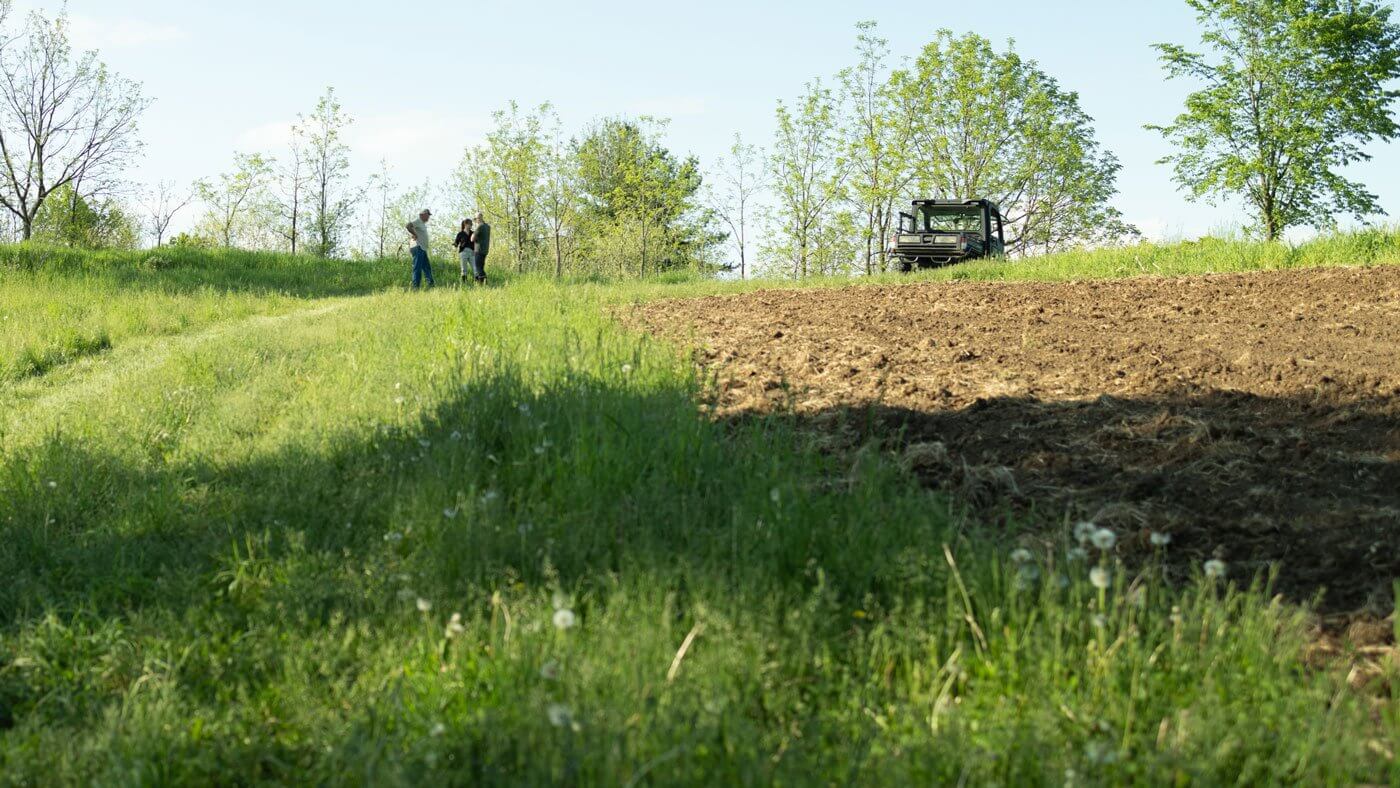
Wes Forbes is a recent Wildlife Management graduate from West Virginia University. In this blog, Wes discusses land management practices for whitetail deer, and what strategies you can implement on your property year-round for whitetail management.
Every fall, hunters head to the woods full of anticipation, waiting for a shot to present itself. But success in deer season doesn’t begin in October; it’s a year-round commitment. Whitetail management is more than just planting food plots or hanging stands on your land. It’s a full-season strategy that improves your odds and the health of the deer you hunt.
Whether you manage 40 acres or 400, what you do throughout the year can directly impact deer movement, behavior, and population. From winter habitat improvements to spring planting and summer scouting, every season offers a chance to shape your property for success.
Take Inventory with Trail Cameras All Year
One of the most useful tools in modern land management is the trail camera, and they aren’t just for early fall scouting. Running them year-round gives you a much clearer picture of how deer use your property in every season.
- Summer: Watch groups of bucks and pattern does around food and bedding areas.
- Fall: Refine stand locations based on food availability and buck movement.
- Winter: Monitor feeding areas and identify bucks that made it through the season.
- Spring: Track antler growth and fawn recruitment.
Set up cameras along the edges of food plots or along well-used trails. Move cameras around during the year to get the best idea of how deer move on your property. Use a mix of video and still photos to observe both individual bucks and behavioral patterns. It’s also important to angle cameras to avoid sun glare and set them up around waist height to capture better pictures. Dialing in your trail camera use not only sets you up for success, but it also gives your Savage rifle the shot it deserves.
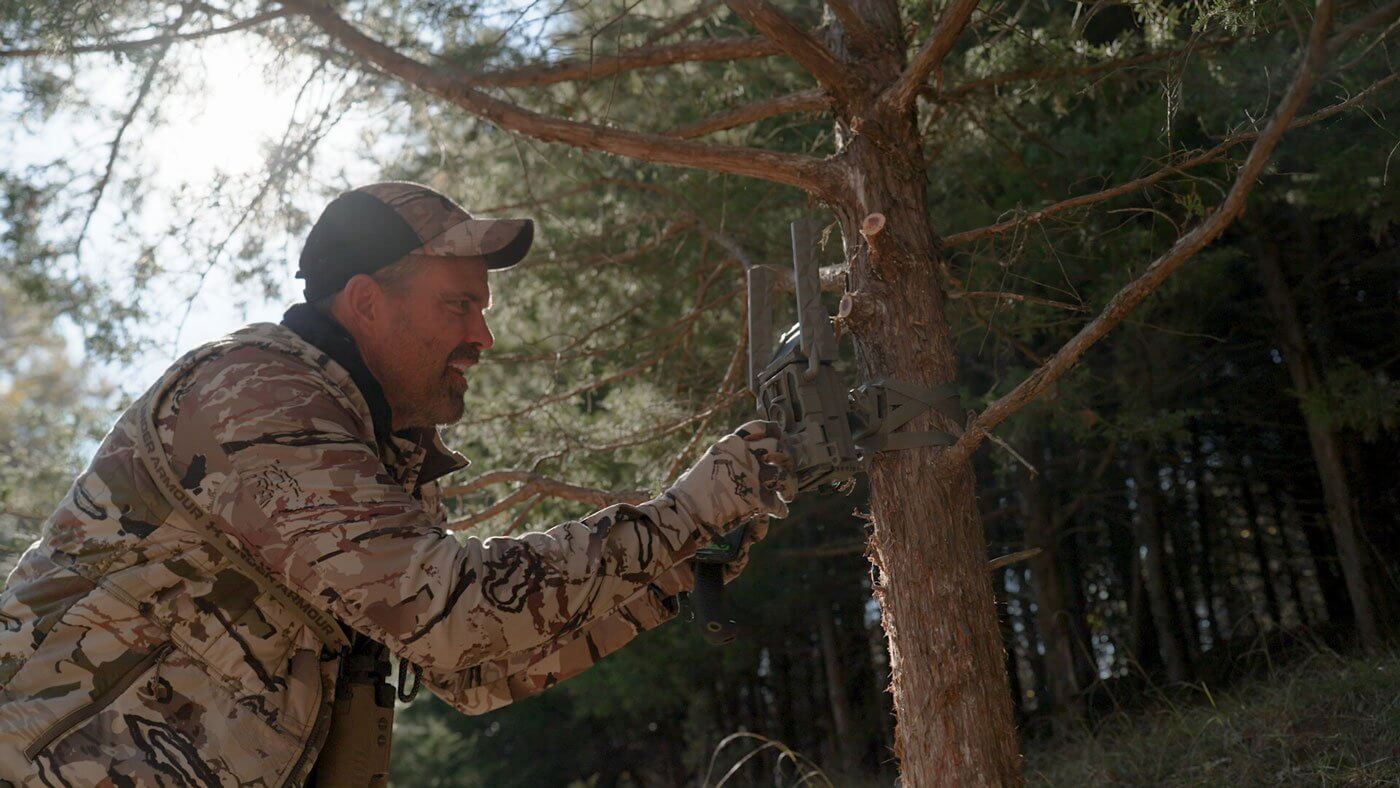
Maintain and Improve Food Plots
Food plots are a cornerstone of whitetail management, but they require year-round maintenance and careful planning.
- Summer: Maintain clover plots with mowing and weed control. Prep areas for fall plots by spraying and discing.
- Fall: Seed annuals like turnips and cereal rye for peak attraction in October and November.
- Winter: Use a winter mix to provide critical late-season nutrition to aid deer health until spring.
- Spring: Soil test, lime, and fertilize early to prepare for new plantings.
Rotate crops annually to maintain soil health and plant a mix of forage that keeps food available from green-up to snowfall, such as clover overseeded with turnips or cereal grains.
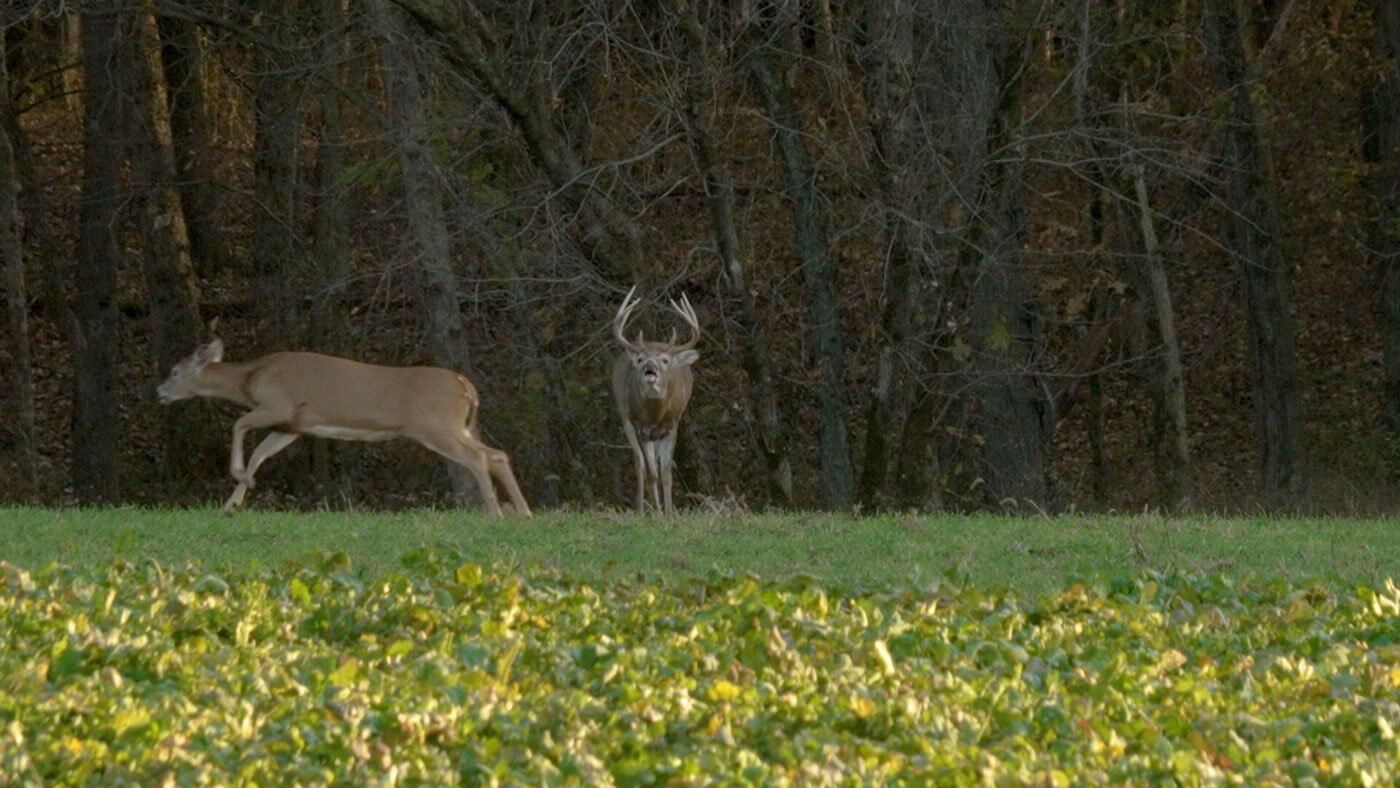
Control Invasive Species
Invasive plants like autumn-olive, barberry, and Japanese knotweed choke out native forage and reduce habitat quality. Summer is prime time for herbicide use, but removal can be done any time the weather permits.
Walk your property with an eye for non-native species and take action with mechanical or selective herbicide use. Prioritize reclaiming areas with potential for natural browse, like greenbrier, or other regenerating vegetation; plants that whitetails can actually utilize.
Controlling invasives reduces competition for important forage plants that deer depend on all year.
Record Keeping
Hunters often overlook the value of good record-keeping. Keeping track of details from past seasons can give you a huge advantage in future whitetail management on your property.
What to track:
- Weather conditions in past seasons (temperature, wind, precipitation)
- Stand productivity (sightings, movement patterns, shot opportunities)
- Deer harvest (age, weight, antler score, location)
- Rut timing and movement
- Food plot performance (plant success, deer usage, soil health)
- Fawn sightings and recruitment
You can use apps, spreadsheets, or an old-fashioned notebook; it doesn’t matter how, as long as you’re consistent. Over time, patterns begin to emerge that can tell you when deer start cruising, which stands produce under what conditions, and how habitat changes are impacting herd behavior.
At the hunting camp I grew up on, we have records dating back to 1974. Handwritten notes track everything from the biggest buck taken each year to the first visit of the year. The information in these notes holds a key to understanding and hunting this property.
Good record keeping turns hunting into a long game. It adds purpose to every sit, and it ensures that every season builds on the one before it.
Stand Prep and Access Routes
Your access trails and tree stand locations evolve throughout the season. A stand that works in early October might be worthless by Thanksgiving.
- Summer: Hang stands and double-check wind strategies.
- Fall: Use real-time trail cam pictures to fine-tune your setups.
- Winter: Evaluate stand setups and mark adjustments for spring.
- Spring: Clear trails, mark entry routes, and trim shooting lanes.
Always prioritize stealth. Think about wind direction, thermals, bedding pressure, and food availability throughout the year, not just when opening day is around the corner.
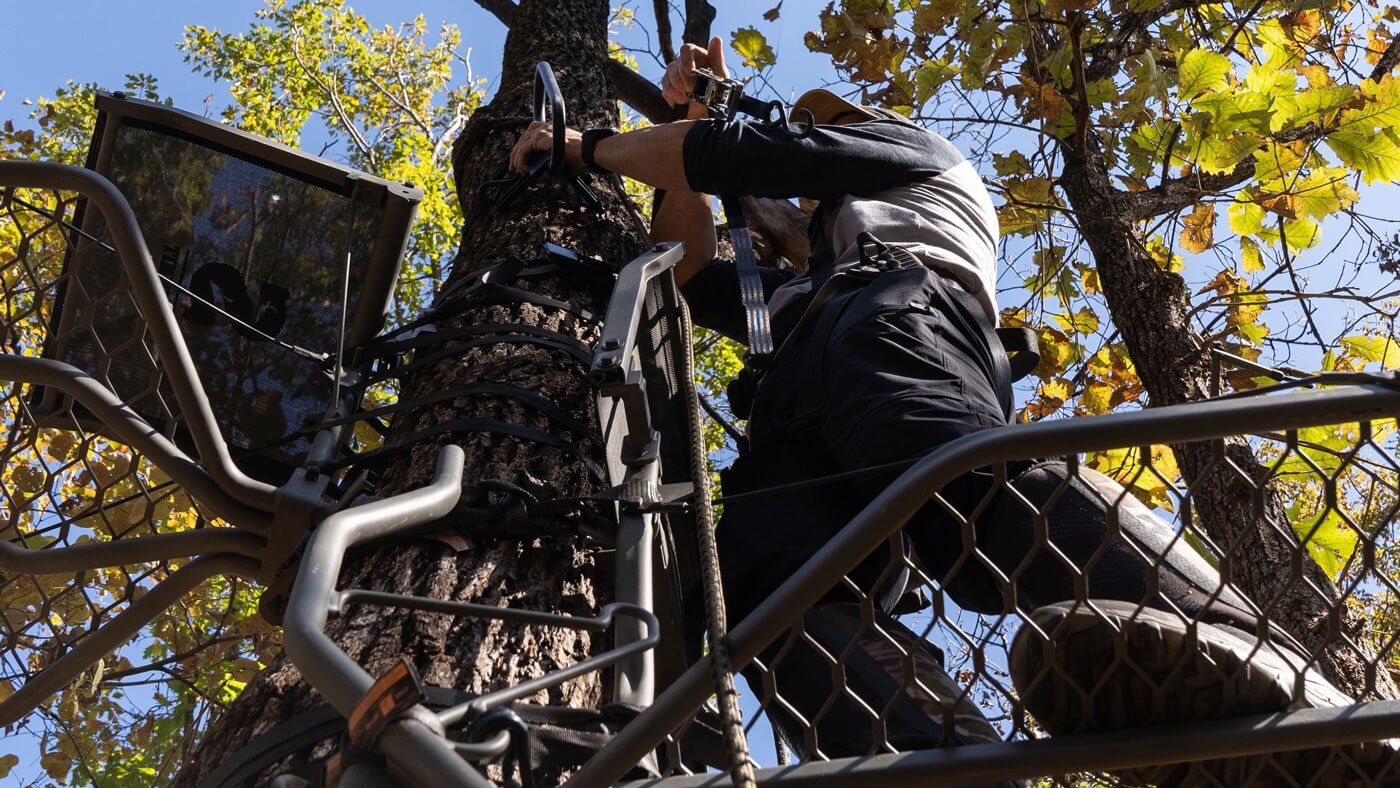
Scout Smart with Maps and Boots-on-the-Ground
Mapping tools like onX Hunt are an invaluable resource for your land, but they need to be paired with time spent in the woods.
Scouting should happen in every season:
- Summer: Pattern food usage and movement.
- Fall: Watch shifting activity due to forage changes from acorns to crops.
- Winter: Scout out easy to see trails and old rub lines.
- Spring: Identify new growth and bedding areas.
Mark rub lines, trail crossings, pinch points, and bedding zones. Use waypoints to refine stand access routes and improve seasonal strategies.
Prep Your Savage Rifle
All the work you put in, from food plots to trail camera monitoring, comes down to the moment of truth. When it’s time to take the shot, confidence matters.
Use the off-season to dial in your Savage rifle:
- Sight in new optics
- Test different loads
- Practice from field positions
A well-placed shot is built on consistent reps. Trust your gear, trust your prep, and be ready when the opportunity arises.
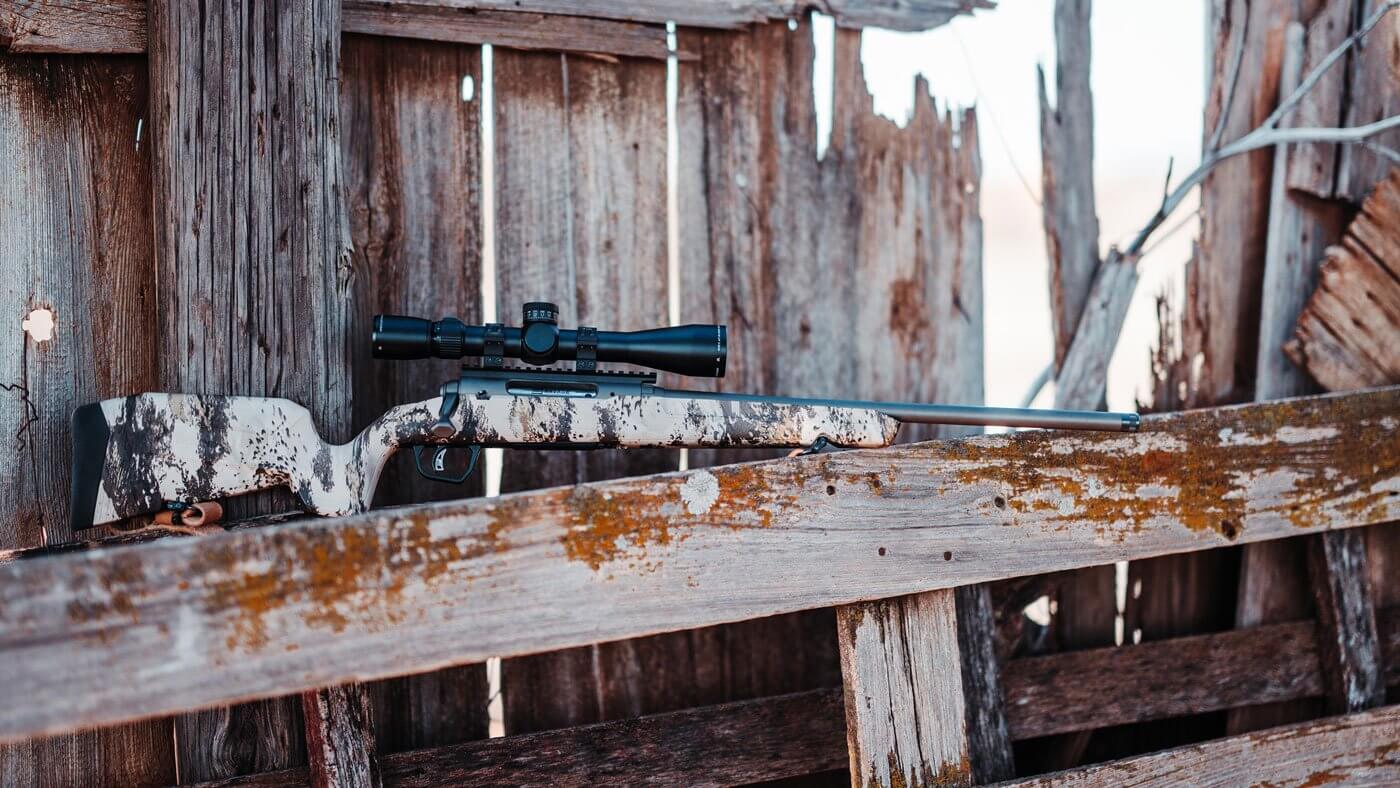
Effective whitetail management doesn’t have an off-season. It’s a year-round process that builds better habitat, healthier herds, and more meaningful hunts.
Whether you’re a weekend warrior or managing for the long game, consistent effort makes the difference. Every trail trimmed, every tree cut, all leads to that one perfect moment.
Fall success starts with a year-long plan. Keep putting in the work and the results will follow.

